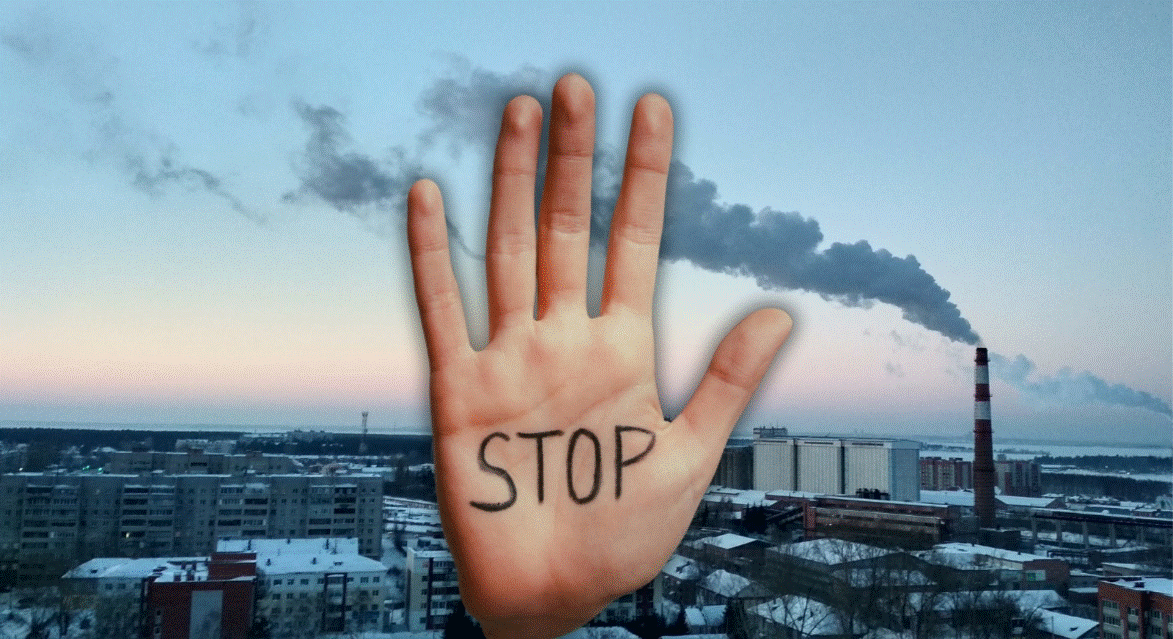Written by Faryal Batool
27 August 2025

As climate urgency intensifies, companies are facing a pivotal question: Should they reduce emissions within their own operations or pay for reductions elsewhere? The debate between carbon offsetting and carbon insetting is no longer academic. It’s reshaping how businesses design sustainability strategies, manage supply chains, and build trust with stakeholders.
For many years, offsetting has been the go-to solution. But growing scrutiny over its credibility and concerns about greenwashing are pushing companies to explore insetting, a more integrated approach that embeds climate action directly into business operations. For ESG leaders, understanding the trade-offs between these two paths is critical to delivering real impact, not just optics.
Offsetting vs. Insetting – What’s the Difference?
- Carbon offsetting involves purchasing credits from external projects, like reforestation or renewable energy, to compensate for emissions generated elsewhere. Although it’s fast, accessible, and offers visible results, critics point to risks: questionable additionality, verifiability, permanence, and potential for greenwashing.
- Carbon insetting, by contrast, means investing in emissions reductions within a company’s own value chain, through suppliers, operations, communities, or directly linked projects. Insetting delivers co-benefits like supply‑chain resilience, improved livelihoods, and ecosystem health. On the other hand, it requires deeper commitment, data transparency, and operational integration.
Benefits & Drawbacks
As the World Economic Forum puts it, “Insetting focuses on doing more good rather than doing less bad within one’s value chain.” It’s not a substitute for direct emissions reduction; it’s a strategy that embeds sustainability into the core of the business operations. Insetting redirects organizations’ focus inward at their supply chains to identify critical areas where interventions can deliver both environmental and business resilience.
Both approaches have clear strengths and weaknesses. Offsetting remains attractive because of its simplicity, speed, and accessibility. For companies under pressure to demonstrate climate progress, buying credits provides a straightforward way to balance emissions. However, many offsets have come under fire for lacking integrity, often funding projects that would have happened without them or exaggerating their impact, which leaves companies open to accusations of greenwashing. McKinsey & Company estimates that the voluntary carbon market, valued at $2 billion in 2021, could grow to as much as $50 billion by 2030 if credibility issues are addressed.
Reuters, on the other hand, notes that insetting strengthens credibility by delivering tangible reductions tied directly to a company’s footprint and embedding measurable impact and long-term resilience into supply chains. However, it also requires more capital, deeper engagement with suppliers, and robust measurement systems.
|
Strategy |
Pros |
Cons |
|
Offsetting |
· Quick to implement · Readily available · Lower upfront cost |
· Risks of low Integrity · Doesn’t reduce internal emissions · Greenwashing concerns |
|
Insetting |
· Direct, measurable impact · Strengthens supply‑chain sustainability · Prevents greenwashing |
· High upfront cost · Requires granular data · Complex supplier coordination |
Insetting in Action: Real-World Examples
- LSB Industries & ClimeCo – Low-Carbon Ammonium Nitrate (ANS) Supply LSB Industries captures CO₂ from its El Dorado ammonia facility to produce low-carbon Ammonium Nitrate Solution (ANS). Supplying up to 150,000 short tons annually to Freeport, the initiative reduces Scope 3 emissions and sequesters approximately 400,000 metric tons of CO₂ per year, cutting LSB’s Scope 1 and 2 emissions by 25%.
- DHL & GoodShipping – Sustainable Marine Fuel Through its GoGreen Plus program, DHL partnered with GoodShipping to purchase roughly 60 million liters of sustainable marine fuel, reducing emissions by about 180,000 tonnes CO₂e in ocean freight. Using a book-and-claim framework, DHL allocates reductions to customers, directly decarbonizing transportation within the supply chain.
· HelloFresh – Greener Meal Kits
HelloFresh is investing directly in its supply chain by working with its suppliers across Europe, Australia, and New Zealand to implement nature-based solutions and regenerative agriculture. These insetting projects target meat, dairy, produce, packaging, and energy use, expected to reduce up to 2,000 tonnes CO₂e in the first year.
· L’Oréal – Sustainable Shea Butter & Cookstove Program
In Burkina Faso, L’Oréal’s sustainable sourcing of shea butter includes distributing 1,500 improved cookstoves, replacing traditional methods. This reduces wood consumption and avoids over 2,300 tonnes of CO₂ emissions annually, while empowering local communities and enhancing supply-chain sustainability.
Embedding Climate Action Where It Matters Most
Offsetting may still serve as a short-term solution, but its credibility risks make it unsustainable as a long-term strategy. Insetting, while costlier and operationally demanding, embeds decarbonization into the heart of business operations, building resilience, strengthening supply chains, and delivering measurable impact. The future of corporate climate action lies in moving beyond external credits and anchoring emissions reductions where they matter most: inside the value chain.
For ESG professionals, the call to action is clear: critically assess your organizations’ reliance on offsets and begin shifting capital, governance, and measurement systems toward insetting. The companies that act now won’t just mitigate climate risk but also gain a competitive edge by aligning sustainability with business strategy.
The question isn’t whether you should transition, but how fast you can make insetting the backbone of your climate agenda.
